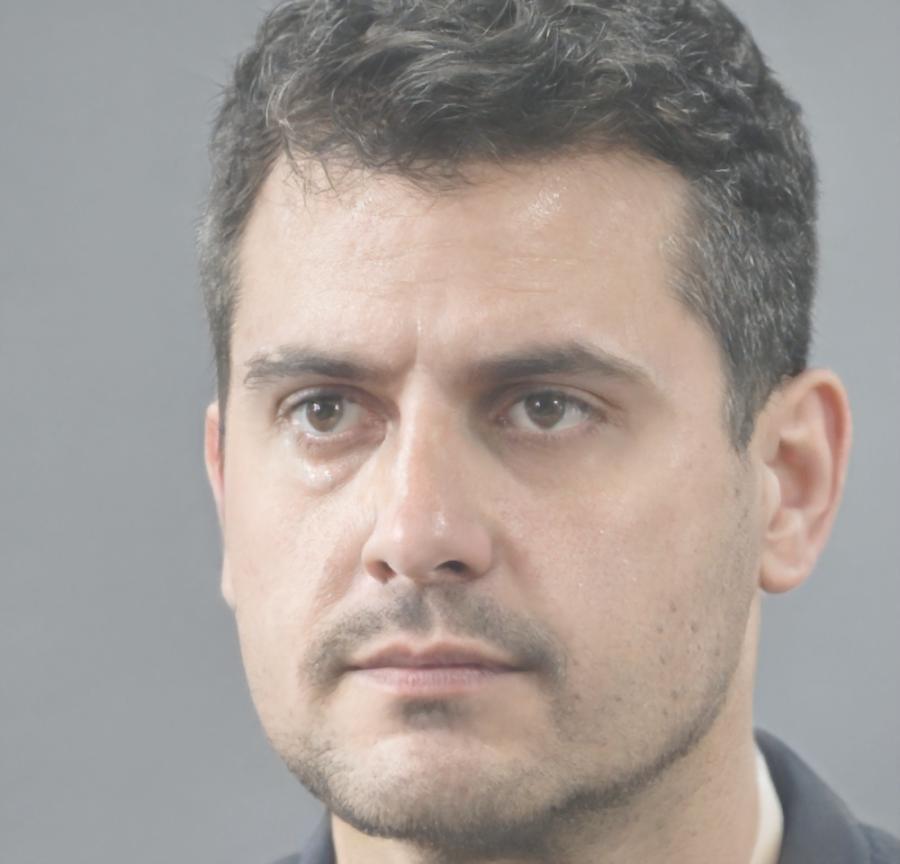
Kieran Faulkner
Finance Analyst
Kieran spent three years doing basic Excel work at a regional bank. He could handle the daily reports fine, but when asked to build anything more complex, he'd freeze up.
His breakthrough came during week five when he finally understood how scenarios should flow together. Not from watching another tutorial, but from rebuilding a broken model and figuring out what went wrong.
Current Work
Now builds valuation models for SME lending decisions. Says the messy middle weeks were the most valuable part.


